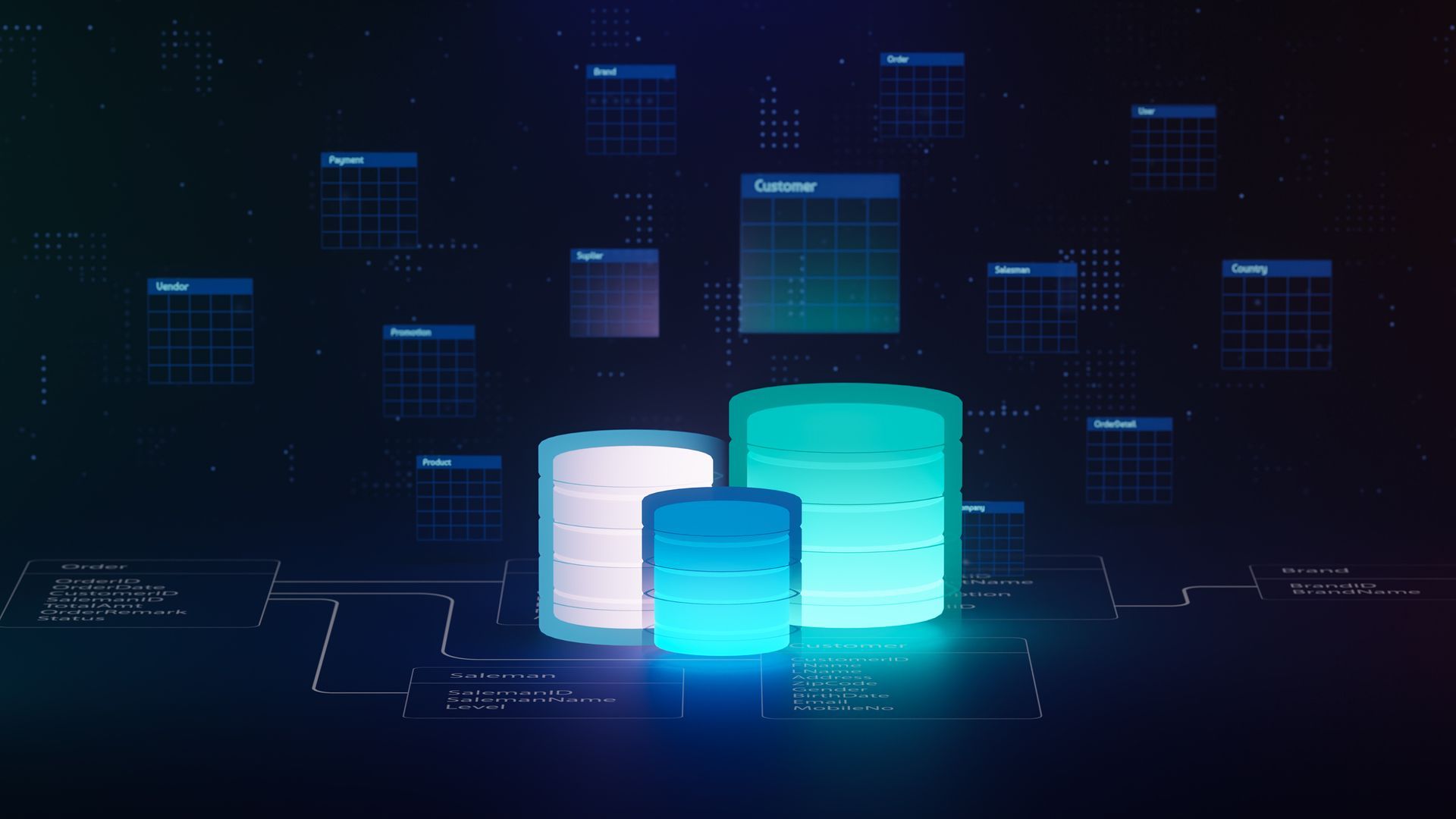Business intelligence challenges are shaped by many factors, including diverse data infrastructures, data management challenges, adaptation issues to new capabilities, and the changing data literacy levels of the workforce. Business intelligence (BI) teams must ensure that appropriate data governance and security protections are in place while they need to show how business intelligence can benefit employees, including those who aren’t experienced with data-driven approaches. Another set of business intelligence challenges centers around changes in how BI tools are used in organizations.
Traditional BI includes curated data and applications driven by IT. The traditional approach often provides business users with well-defined workflows and information through reports and custom portals. Modern BI initiatives are driven by business units that use self-service BI, data preparation, and data visualization tools to capture insights.
Common business intelligence challenges
Business intelligence challenges start with getting approval and funding for a business intelligence solution and developing a solid BI strategy that meets business needs and can deliver the promised return on investment (ROI). Alongside traditional querying and reporting, BI strategies often include mobile BI, real-time BI, augmented analytics, and other specialized applications, increasing deployment and management challenges. Decision-makers need to achieve the correct mix between governance and agility. A competitive advantage may be offered by quicker retrieval times. However, this must be worry-free about data security and privacy, as well as the possibility of business users sustaining misleading insights.

Integration of data from different sources
The growth in data sources requires many organizations to aggregate data for analysis from various databases, big data systems, and business applications, both on-premises and in the cloud. The most common way is to designate a data warehouse as a central location for BI data and distribute it from there. There are also more agile approaches: for example, using data virtualization software or BI tools to integrate data without loading the data into a data warehouse. However, this is also a complex process.
While BI tools can instantly combine data from different data sources, it still requires technical skills and understanding to make this happen. This limits scalability, increasing the time needed to analyze data and deliver BI insights. Creating a data catalog with lineage information for data sources and users can help speed up the process.
Poor data quality
BI applications are only as effective as the accuracy of the data they are built on. But ironically, data quality is one of the most important aspects of business intelligence that is often overlooked. Before starting any BI project, users need access to high-quality data. However, many organizations in a rush to collect data for analysis neglect data quality or think they can fix errors once they have resolved data collection issues. The root cause of this fallacy may be a lack of understanding of the importance of proper data management across the organization.

Data silos (and their inconsistent data)
Silo systems are a common business intelligence problem. Data completeness is a must for using BI to accelerate and improve decision-making. However, it is difficult for BI tools to access siloed data with different permission levels and security settings. BI and data management teams must break down silos and harmonize their data to achieve the desired results. This is one of the most difficult tasks because much descriptive work involving job functions is required.
Inconsistent data in silos can produce multiple versions of information. Business users may therefore encounter different and misleading results for key performance indicators and other similarly labeled business metrics. To avoid this, it’s a good idea to start with a well-defined data modeling layer and set clear definitions for each KPI and metric.
Creating a data-driven culture
Surprisingly, one of the biggest business intelligence challenges that still persists today is the inability to reflect the data-driven culture across the organization. Building a data-driven culture is a challenge, not just at the executive level but also at the forefront where the business interacts with the world around it. Building this type of corporate culture requires organizations to be successful on two fronts: equipping employees with the right tools and empowering them to apply the insights these tools generate into business processes.
BI managers need to engage business leaders from all parts of the organization to help bring about a cultural shift that prioritizes the use of data analytics to inform decision-making. It is important to involve mid-level managers in this process to facilitate this change.
Training and change management programs related to business intelligence initiatives require the involvement of managers to be successful. For example, developing a BI dashboard with global data on headcount, new hires and layoffs, wages, and other metrics requires working closely with the company’s HR team. This way, manual reporting processes that take hours can be automated.

Managing the self-service BI tools
Uncontrolled self-service BI deployments across different business units can lead to a chaotic data landscape with disconnected silos and conflicting analytics results for business executives and decision-makers.
Most modern BI tools have a data security architecture that protects the storage and sharing of user-generated analytics. However, it is recommended that BI and data management teams pre-arrange datasets in data warehouses or other analytical repositories to help prevent inconsistencies.
The key to enriching the self-service experience is providing these tools with access to compiled data and content that users can use to create much better data streams and mixes.

Alongside standardized metrics and dashboards, businesses need to enable users to define and publish their own metrics. For example, self-service BI users can publish dashboards with overlapping KPIs or metrics defined differently from one dashboard to another when any central governance policy does not restrict the freedom to explore data and publish findings. It should be noted that too much control can hinder analytics innovation and agility.
In addition, business intelligence tools are often modified to include custom extensions that meet specific business needs. While this is a useful capability, it hinders the ability to implement standard product upgrades. To avoid this issue, BI teams must work with end users to understand their needs and provide the necessary data and dashboards using out-of-the-box functionality.
Low adoption
End users often choose the easiest route; they want to continue using familiar tools such as Excel or SaaS applications. In other words, instead of using BI tools to analyze the data for insights, they export the data and then perform the analysis elsewhere. This end-user resistance to innovation results in suboptimal low adoption rates and unexpected usage patterns. Logs of user activities and user requests must be continuously monitored to identify potential adoption issues and issues with business intelligence tools. BI teams should also aim to deliver continuous functionality enhancements to drive user adoption.

Ineffective data visualization and dashboards
Data visualizations sometimes fail, making the information they store difficult to decipher. Similarly, a BI dashboard or report is only valuable if it is easy for end users to navigate and understand the data presented. But organizations often focus on getting their BI data and analytics processes right without thinking about design and user experience.
BI managers need to work with a UX designer from the very beginning to develop dashboards and reports with advanced features but an uncomplicated interface. BI teams should encourage successful data visualization design practices in self-service BI environments. These steps are especially important for mobile BI applications on smartphones and tablets with small screen sizes.





